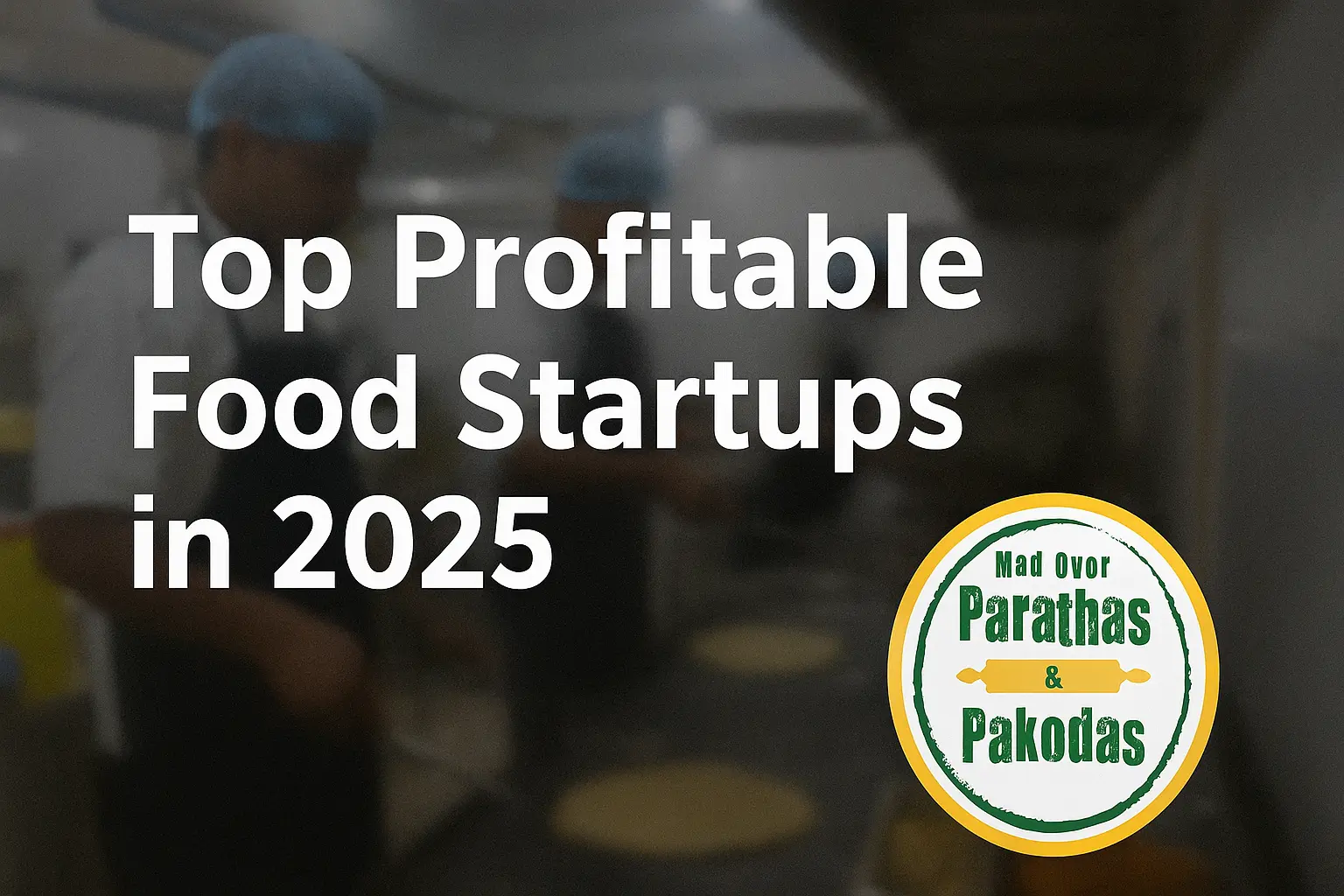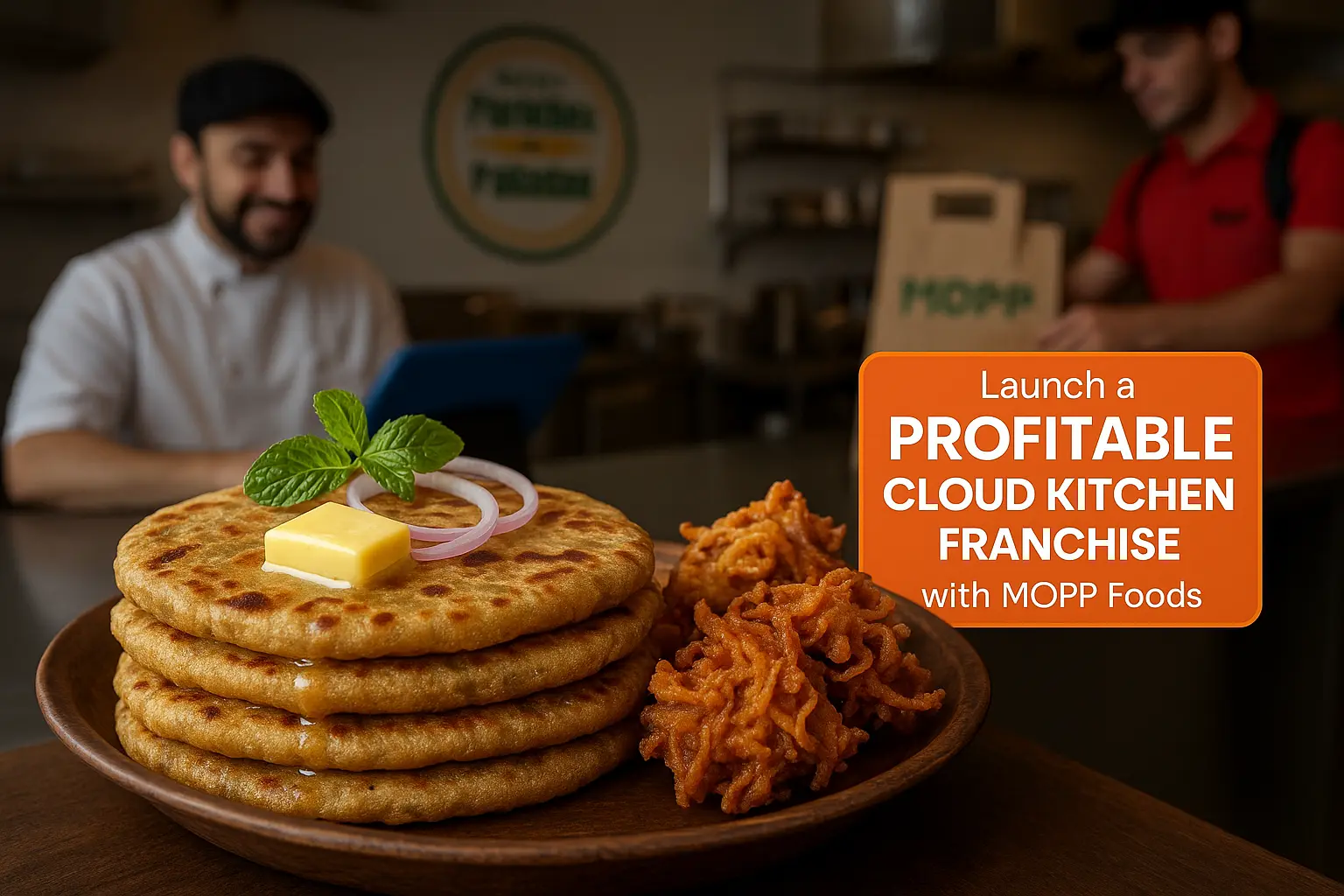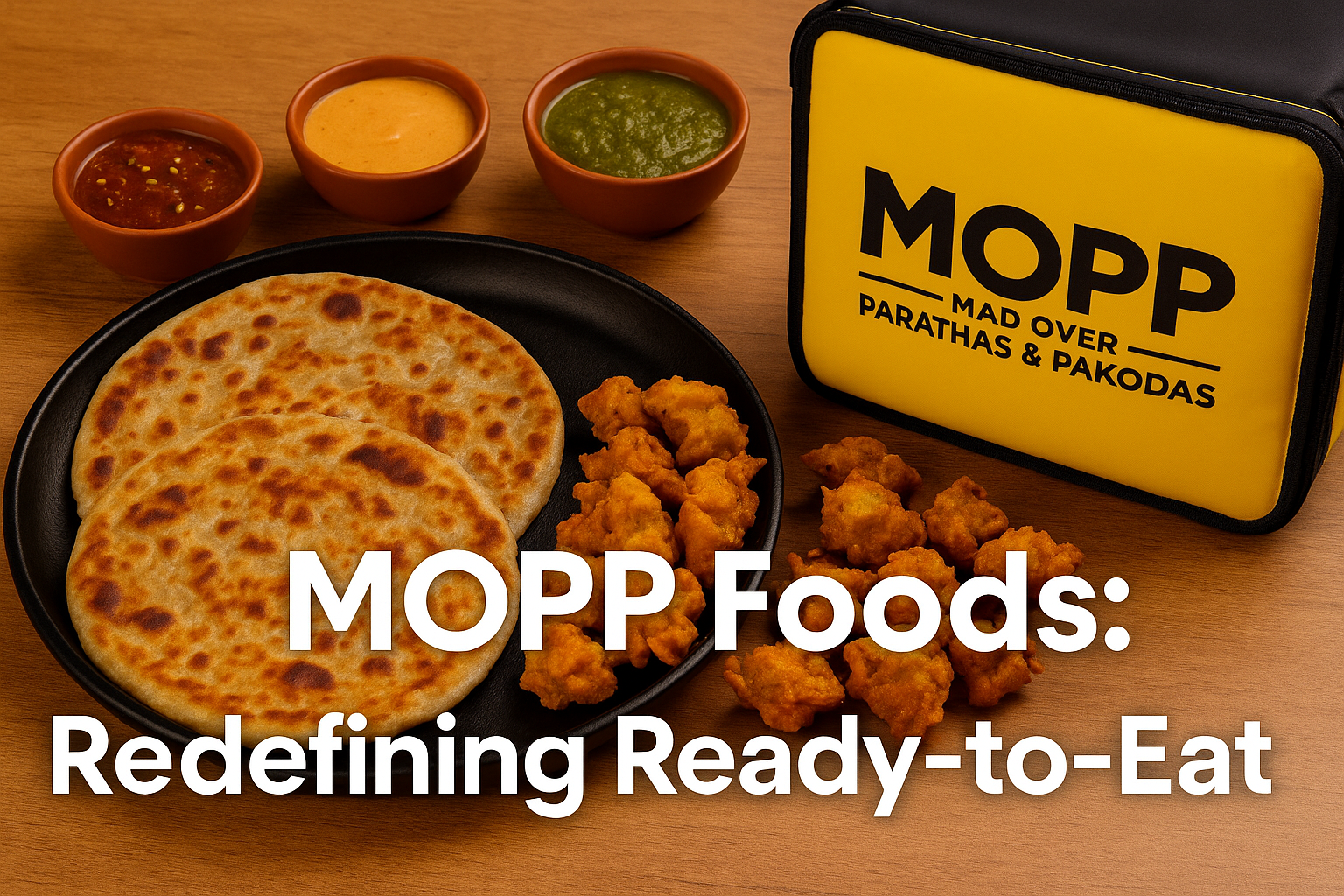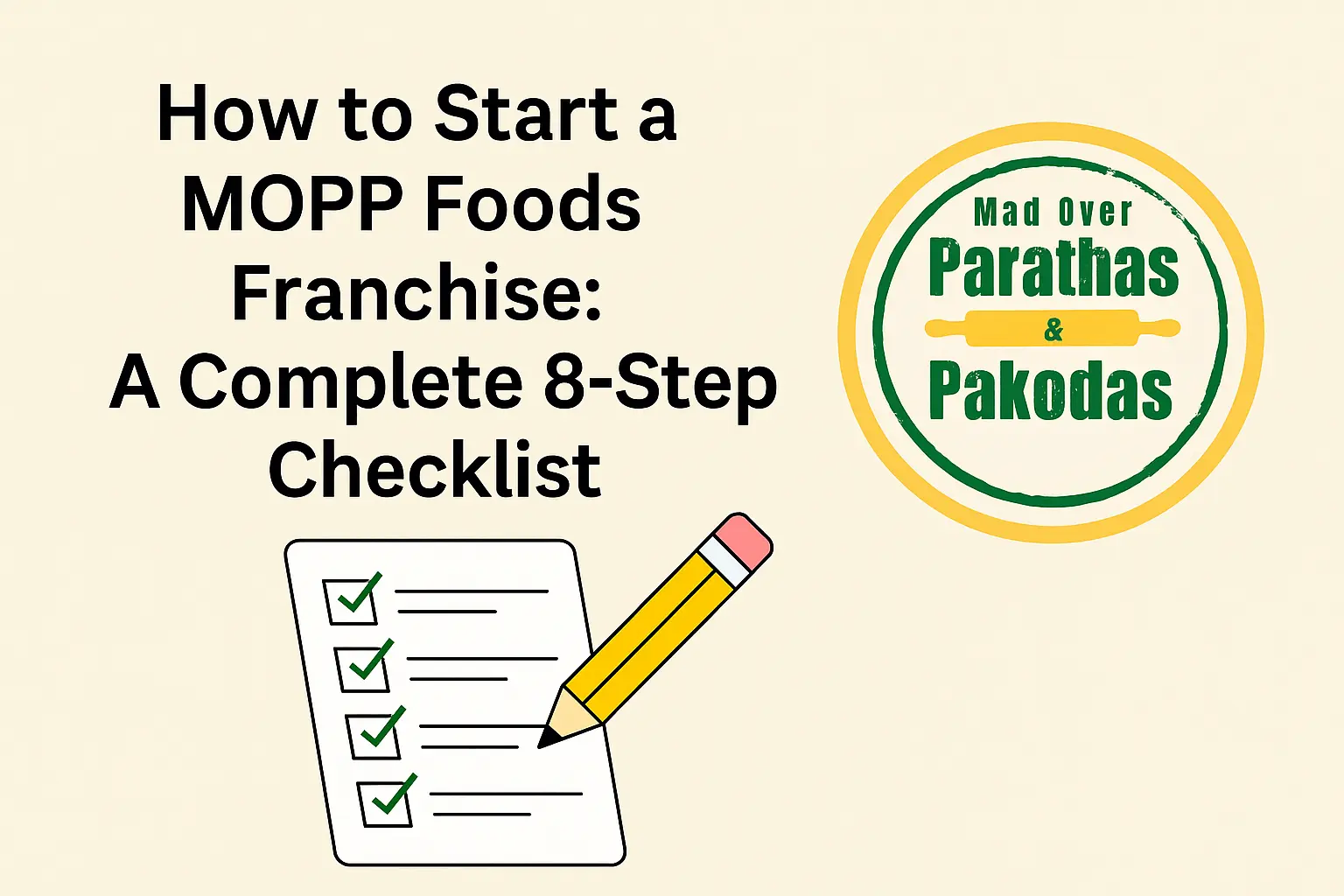Profitable Food Startups in 2025: How to Start with Small Capital
Starting a business is never easy, but in today’s world, food remains one of the safest and most exciting industries to enter. Everyone needs food, and if you can combine quality with affordability, you will always have customers. The year 2025 is expected to be a golden period for entrepreneurs who want to launch profitable food startups in 2025 with small capital. Thanks to technology, changing customer habits, and the rise of cloud kitchens, it is possible to build a food brand without investing huge amounts in restaurants or fancy interiors.
This blog will guide you step by step through why food startups are a great opportunity, what kind of business models you can choose, and how companies like MOPP Foods, Kouzina Food Tech, and Adigas have grown into successful brands by starting small. By the end, you will clearly understand how to start your own food business journey in 2025.
Why Profitable Food Startups in 2025 Are the Future
In the past, starting a food business required renting a large space, hiring staff, decorating interiors, and investing heavily in marketing. But now, the model has completely changed. Today, you can launch a brand from your own kitchen or a small rented cooking space, list yourself on delivery apps like Zomato and Swiggy, and start receiving orders without spending lakhs on setup. This change has opened the doors for thousands of new entrepreneurs who want to start profitable food startups in 2025.
Customers are also more demanding today. They want hygienic food, safe packaging, on-time delivery, and consistency in taste. This may sound like a challenge, but for new entrepreneurs, it is actually an opportunity. By focusing on these small but important details, you can win the trust of people and grow faster than ever before.
Another big reason why food startups will be profitable in 2025 is the increasing popularity of cloud kitchens. Cloud kitchens are delivery-only kitchens where you don’t need to serve customers at tables. This reduces costs dramatically and allows you to focus only on cooking and delivery. Big companies like Kouzina Food Tech have already shown how powerful this model can be.
MOPP Foods: An Inspiring Journey of a Profitable Food Startup in 2025
One of the most inspiring examples of a food startup is MOPP Foods (Mad Over Parathas & Pakodas). Started in 2019 by Gaurav Gupta and Geetika Anand Gupta in Gurugram, MOPP focused on something very simple—parathas and pakodas. These are everyday foods that almost every Indian loves, but MOPP brought a new twist to them. They made sure the pakodas remained crispy for up to 45 minutes after delivery, something most people thought was impossible.
They also introduced smart packaging. Every order came with a hygiene kit that included tissues, sanitizer, and cutlery. Their food was packed in airline-style trays with compartments so that the food looked neat and was easy to eat. These small innovations made a big difference. Customers started trusting the brand not just for taste but also for hygiene and quality.
Over time, MOPP added new brands like Mealy and Mad Over Curry, all running from the same cloud kitchen. This multi-brand strategy allowed them to serve different types of food without needing separate kitchens. The company grew rapidly and even appeared on Shark Tank India, where they secured ₹75 lakhs in funding. Today, MOPP is one of the shining examples of profitable food startups in 2025.
Learning from Successful Profitable Food Startups in 2025
If you want to create your own food startup, there are several lessons you can take from brands like MOPP Foods. The first is that you don’t need a huge menu to begin. Focus on one or two food items that you can make really well, and build your identity around them. Once you have loyal customers, you can slowly expand your menu.
The second lesson is the importance of packaging. Good food can lose its charm if it reaches the customer soggy, messy, or cold. By investing in strong, eco-friendly packaging, you ensure that your food looks as good as it tastes. This also creates a positive brand image.
The third lesson is consistency. Customers will only return if the food tastes the same every time. This means you must create proper recipes, train your staff, and maintain strict quality control.
And finally, don’t ignore branding. A catchy name, attractive logo, and active presence on Instagram and Facebook can help you connect with a larger audience quickly.
Types of Profitable Food Startups in 2025 You Can Start with Small Capital
There are many ways to enter the food industry. Here are some ideas explained in simple language:
One of the easiest businesses to start is a tiffin service. Students and working professionals often miss homemade food. By cooking simple meals like dal, roti, sabzi, and rice, you can start a subscription-based business. Even a few loyal customers can give you steady income.
Another good option is to start a regional food kitchen. Every state in India has its own special dishes. You can build a small brand around Rajasthani thalis, Bengali fish curries, or South Indian meals. People love authentic food, and this can make you stand out.
If you want something more modern, you can try creating a snack brand. Just like MOPP made pakodas delivery-friendly, you can experiment with items like chaats, sandwiches, or momos. Focus on hygiene, taste, and packaging, and your snack brand can become very popular among youngsters.
There is also a growing demand for healthy meals. Many fitness lovers want salads, smoothie bowls, and diet-friendly foods. If you can provide healthy yet tasty options, you will find a loyal market.
Lastly, don’t forget about street food. Indians love street food, but many people avoid it due to hygiene concerns. By reimagining street food with proper cleanliness and packaging, you can win a large audience.
The Rise of Cloud Kitchens in Profitable Food Startups in 2025
Cloud kitchens are changing the way food businesses operate. In this model, you don’t need a physical restaurant. Instead, you run your kitchen from a hidden location and deliver only through online apps. This saves rent, salaries, and decoration costs. You can even run multiple brands from the same kitchen. For example, you can sell South Indian meals under one brand, burgers under another, and snacks under a third—all from the same space.
Companies like Kouzina Food Tech are showing the power of this idea. With more than 200 kitchens across India, Kouzina has built several brands like WarmOven and KaatiZone. They started small but scaled up using the cloud kitchen model, proving that this is one of the best paths for profitable food startups in 2025.
Quick Service Restaurants (QSRs) as Profitable Food Startups in 2025
Another model that has worked well is the quick service restaurant, also known as QSR. These restaurants focus on fast service, limited menus, and affordable pricing. One great example is Adigas. Starting with authentic South Indian food, Adigas has now become a trusted name with multiple outlets. They show that even traditional food can be turned into a scalable and profitable business.
QSRs require a bit more capital than cloud kitchens, but they give visibility because customers can walk in and experience the food directly. If you can find a busy location and keep your food affordable, a QSR can be one of the most profitable food startups in 2025.
How to Start Your Own Profitable Food Startup in 2025
Starting your own food business does not need to be complicated. The first step is to choose your niche. Decide whether you want to sell meals, snacks, desserts, or healthy foods. Once you know your niche, you can create a small menu.
You don’t have to rent a big place immediately. Many entrepreneurs begin from home or from small rented kitchens. Once you are ready with your food, test it with family and friends. Get feedback, make improvements, and then list your business on Zomato and Swiggy.
The next step is to focus on packaging. Invest in good quality containers and branding stickers so that your food looks professional. Also, think about a catchy name and logo for your brand. Customers remember businesses with easy names.
Promotion is very important in the food industry. Use Instagram, WhatsApp groups, and even local influencers to spread the word. Show pictures of your food, share customer reviews, and keep engaging with people online.
Finally, track your progress. Keep a record of orders, reviews, and sales. Use this data to see what items are most popular and what needs improvement. Slowly, you can expand your menu, open more kitchens, or even raise funding.
Challenges in Profitable Food Startups in 2025
While food startups are exciting, they also come with challenges. The first challenge is competition. Many businesses are starting every day, and you must find a way to stand out. The second challenge is consistency. If your food quality drops even for a few days, customers will leave bad reviews, and this can hurt your reputation.
Another issue is delivery. During peak hours, delays can happen, which may lead to unhappy customers. You need to coordinate closely with delivery partners and keep buffer time in mind. Lastly, managing costs is tricky. Ingredients, rent, and delivery commissions can eat into profits. Smart planning and negotiation are needed to keep margins healthy.
The Future of Profitable Food Startups in 2025
The food industry is only going to grow. In the future, cloud kitchens will expand into smaller towns, giving opportunities to local entrepreneurs. Customers will demand more creative and healthy food options, and this will create space for innovative brands. Regional food will also gain popularity as people look for authentic tastes from different states.
Investors are also showing great interest in the food industry. Startups that can show consistent sales and strong branding will find it easier to attract funding. With the rise of technology, from AI-powered menus to eco-friendly packaging, the industry will see exciting new trends.
Conclusion
Starting a profitable food startup in 2025 is not only possible but also one of the smartest business choices you can make with small capital. By learning from success stories like MOPP Foods, Kouzina Food Tech, and Adigas, you can see that passion, innovation, and consistency are the real keys to success.
Whether you choose a cloud kitchen, a tiffin service, or a QSR, the most important thing is to start small and focus on quality. With patience and smart marketing, your brand can grow step by step into a trusted name. Food will never go out of demand, and if you enter this industry now, you may be running one of the biggest profitable food startups in 2025 in just a few years.




